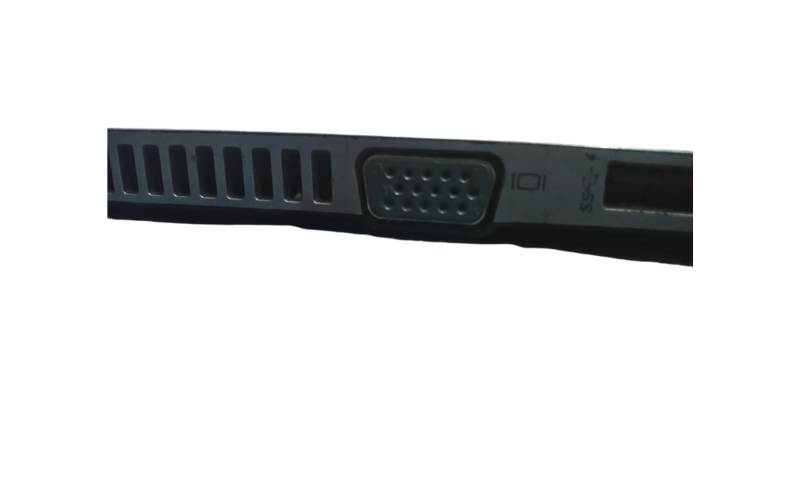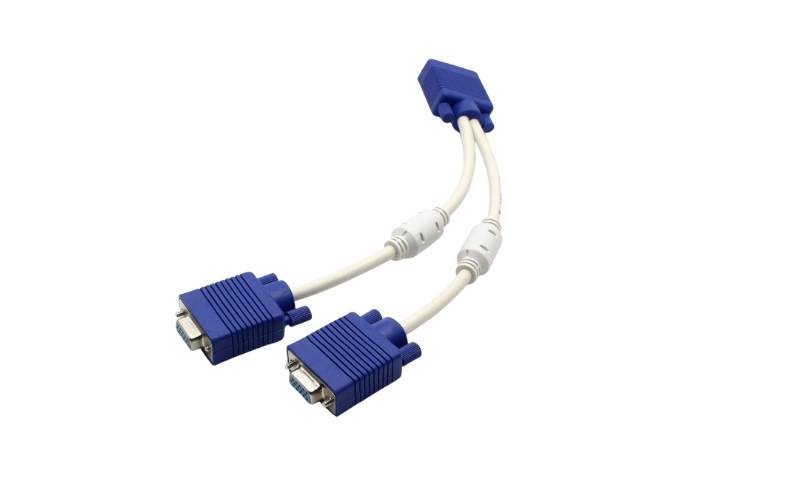Can you connect two projectors to one laptop? Well, yes, what you should be asking is how.
A couple of projectors come in handy when giving a presentation in a large conference room to a big group of people or reducing the cost of projectors.
Everyone can easily see the image on display when it is split into two opposite ends of the room.
This begs the question of how to connect two projectors to one laptop? It is not as difficult as you expect, just a few easy steps, and you are done. With the right equipment and a nice tutorial, it would be a cakewalk.
How to Connect Two Projectors To One Laptop?
First and foremost, invest in the required hardware depending on the laptop model and projector type.
Most likely, you will be needing a splitter and an adapter. Check the laptop for any specific ports, if it does not have any, buy an adapter that supports DisplayPort or HDMI. Most of the Roku projectors are commonly used for this purpose.
Both of the aforementioned hardware components are inexpensive and can be easily found in a local computer shop.
With the splitter cable, you have to make sure it is of the right length according to the size of the room and the distance between the two projectors.
The video quality will be the same on both projectors unless another video is added to the mix. Only then, the image quality will be affected significantly.
Step-by-Step Guide to Connect Two Projectors With One Laptop
This comprehensive guide will help you connect projectors to the laptop with absolute ease. Follow this easy tutorial and do not skip any steps.
Check The Video Output Port of the Laptop

Check the kind of port your laptop has before you shop for the cable.
Today, most laptops have HDMI ports, whereas, some older models come with the VGA port, so you have to buy a VGA cable instead.
Check The Video Input Port On The Projector
Take a look at the input port located at the back of the projectors. Most projectors have a VGA port, whereas HDMI and DVI are also common. Some advanced variants even have DisplayPort.
Shop For A Splitter

Buy a VGA splitter if the laptop and projectors use VGA cables. If the laptop and projectors have HDMI input and output ports, you will be needing an HDMI splitter.
The length of the cable should be equal to the distance between the laptop and the projectors.
Buy An Adapter
Skip this step if the projectors and laptop have the same ports.
However, if the laptop supports VGA but projectors have HDMI and DVI ports or vice versa, buy a VGA to HDMI or VGA to DVI adapter.
The dual cables of the adapter are connected to the input ports of each projector and the single cable goes to the laptop’s output port.
Connect Projectors to the Laptop
Before connecting both projectors to the laptop, make sure these devices are powered off.
Plug the single-side cable into the laptop’s output port. Connect one cable on the adapter side to the input port of the projector and do the same with the second one.
Turn on The Laptop and Projectors
Once the cables are connected correctly, power on the projectors first and then the laptop.
Once the devices are fully operational and booted up, start the Display Output Configuration.
Configure The Laptop
Lastly, configure the laptop by pressing the button to view external devices or enter “Display” in the search bar.
You will see different options to set how you view the screen, change the resolution, split the image, extend it, and more.
One other way to do so is by going to Control Panel and selecting Hardware and Sound. Here, you will see the option to Connect to Projector, tap on it, select Duplicate, and then click Projector Only.
Solving Common Projector Connectivity Problems
It is likely that you will face several problems even after the connection is established. You should know how to fix these problems, otherwise, prepare yourself for the embarrassment on the big stage.
- Display Toggle Problems – Display Toggle how the image is displayed on the project. If there is a problem, press the Windows and the P key, and change display settings.It may depends on projector type like options for movie theatre projectors is different.
- Projector Does Not Switch Off – If the unit does not turn off even after pressing the power off button. Consult the user manual to correctly fit the lamp assembly.This happen mostly in small bedroom projectors.
- Display Image is Not Shown – It happens when the projector is not set to the appropriate input source. Use the remote to switch between different sources until you find the right one.
Conclusion
If you have the right hardware, connecting projectors to the laptop is not difficult at all. However, it can be an overwhelming process for a novice as there is a possibility to face some issues after the connection. Hopefully, this tutorial will help you counter all the issues.
Read also: Cinemark Vs AMC
